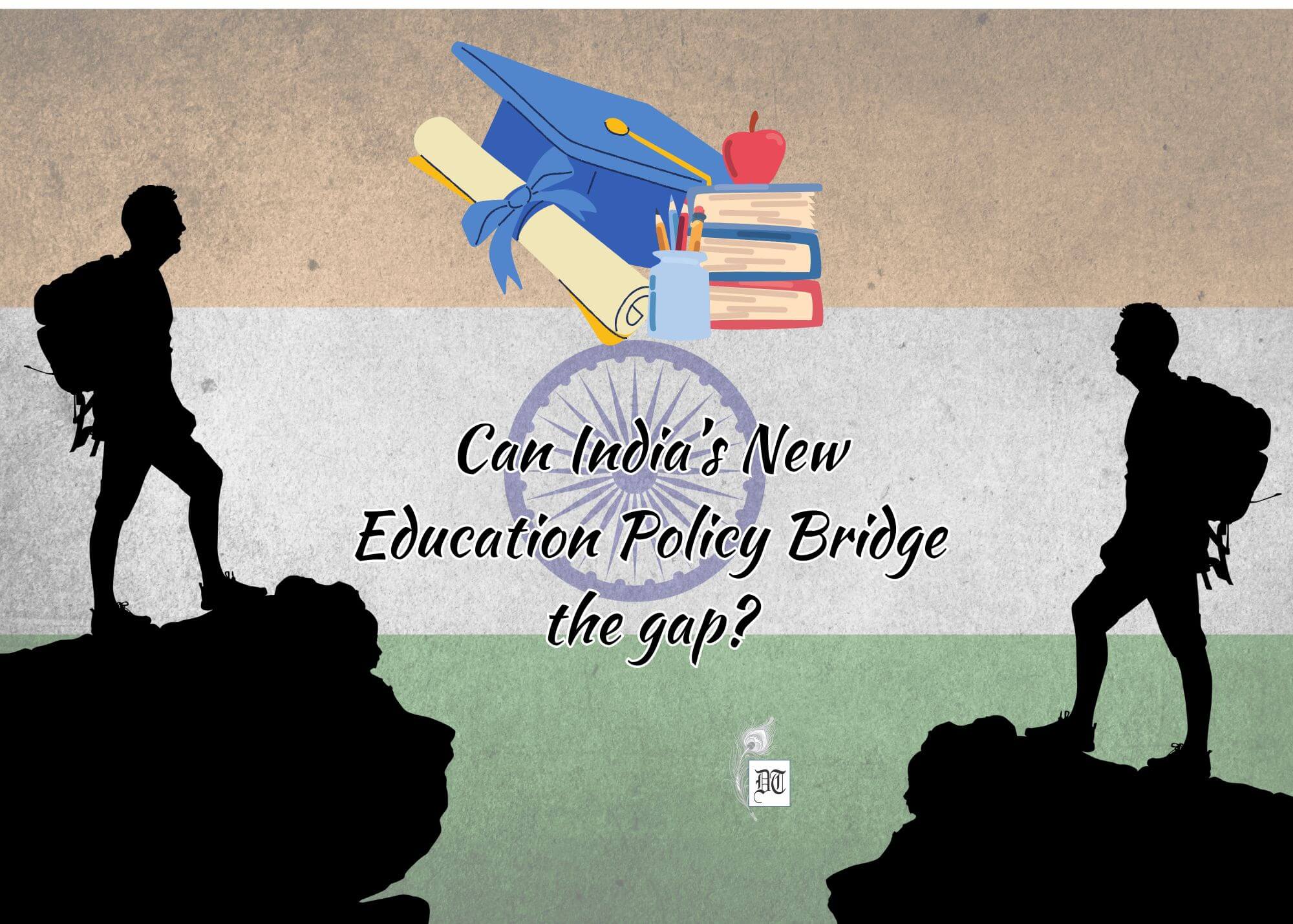India’s growth in 2017 appears to be retreating as the economy wobbles owing to the effects of demonetisation and the impact of tax changes. However, the report expects India’s average expansion rate in the next five years to increase to 7.3 percent during 2017-22 despite the structural strains due to reform measures. A report for Different Truths.
Economic growth in Asia is estimated to continue at a steady pace in 2017 in comparison to 2016, but India’s growth is expected to nudge downwards as a result of taxation and monetary reforms, but expected to stay brisk, says the latest OECD bi-annual publication on regional economic growth titled ‘Economic Outlook for Southeast Asia, China, and India 2018: Fostering Growth through Digitalisation. Growth in China and ASEAN is picking up due to a strong trade rebound and resilient domestic consumption.
Asia as a whole is expected to grow by an average 6.3 percent per year (2017-22) provided that the lately achieved trade momentum and domestic reforms continue. The other crucial factors in the medium-term growth are the ability of governments to deliver on infrastructure programmes. More rapid monetary policy normalisation in the advanced economies; rise in private-sector debt; and the expansion of trade restrictions globally, coupled with limited progress in regional trade agreements, are enumerated as major risks to growth.
The economic growth over the long-term would be primarily driven by a technological change in general and the emergence of the digital economy in particular. Digitalisation would heavily impact the manufacturing and services sectors. Digitalisation has over the recent decades transformed the world economy into a more integrated, complex and dynamic system. Emerging Asian economies have been active participants in this new wave of change. Business activity, trade, and productivity in manufacturing and services sectors have been affected.
India’s growth in 2017 appears to be retreating as the economy wobbles owing to the effects of demonetisation and the impact of tax changes. However, the report expects India’s average expansion rate in the next five years to increase to 7.3 percent during 2017-22 despite the structural strains due to reform measures. Economic growth will draw support from the steady expansion of private consumption and investments following foreign ownership liberalisation in some industries. The planned government spending expansion should further boost growth. However, the jump in the stock of banks’ bad assets and contingent liability risks may limit the expansion of demand.
Rising inflation has been pointed out as a major problem for the economies of the region. It says that headline inflation in India is increasing gradually, due to upward revisions in fuel, clothing and housing prices. One of the three major risks to growth is the more rapid monetary policy normalisation in advanced economies of US, Europe, and Japan. The concern is: if major central banks proceed with monetary policy normalisation at a more rapid pace than expected, the economic activities in Asia could be dampened through various channels. It would adversely affect the financial market because it could narrow interest rate differentials rather sharply and instigate capital outflow, which in turn would intensify depreciation pressures, can prove to be inflationary and can trigger the policy rates of the affected countries.
If it happens, it can expose some vulnerabilities in the corporate sector too. Higher interest rates can lead to capital losses and can ultimately result in a downsizing of corporate balance sheets. Financial institutions, especially those already facing some asset quality issues like non-performing assists (NPAs), might face difficulties as corporate solvency risks rise. Moreover, as firms’ spending capacity gets constrained, domestic demand will have to carry more slack. Liquidity reduction in advanced economies can also dampen their own demand for imported goods. It may reduce imports and directly and indirectly affect the Asian economies through global value chains.
Digitalisation will help the economies to grow. However, it also poses challenges, particularly as it reinforces trends in automation. Like all examples of skill-based technical change, digitalisation has the potential to increase relative demand for skilled workers, such as engineers and technicians, as it reduces the demand for unskilled labour. Therefore, developing the skills of workers using new technologies is critical to reaping the benefits of digitalisation. Workers will need generic ICT (Information and Communication Technology) skills, such as the ability to use technologies and access information online; specialist ICT skills necessary for the production of ICT products and services; and complementary ICT skills, such as the capacity to process complex information and communicate with co-workers and clients. It would need heavy investment in tertiary education, technical and vocational education and training, and continuing education programmes to produce such skilled persons. The key structural policy challenge for India will be fostering inclusive innovation to boost growth and development.
The report says that increasing innovation activities in India would contribute significantly to continued growth, and can also be directed to help address inequalities in growth and development. Spending on research and development (R&D) in India relative to its GDP is lower than in most of the wealthier Emerging Asian countries. Innovation capacities have improved in the recent past. The number of researchers in R&D has increased faster than the population and patent applications have grown with legislative reform and participation in international agreements. Here, Small and medium-sized enterprises (SMEs) have also a role to play in promoting inclusive participation. However, the darker aspect is that they tend to be less likely to implement innovations developed autonomously or by others. Workers and management skills, regulatory barriers and financing constraints are among the greatest challenges to overcome.
Gyan Pathak
©IPA Service
Photos from the Internet
#GDP #Digitalisation #ICT #ResearchAndDevelopment #ASEAN #IPA #DifferentTruths





 By
By

 By
By
With GST system not in place properly, it is a fond hope that we are moving towards digitisation. The marginal rate of return for investments in India is going down, so we may not improve GDP in a hurry, even as demonetisation and GST effects wear off.